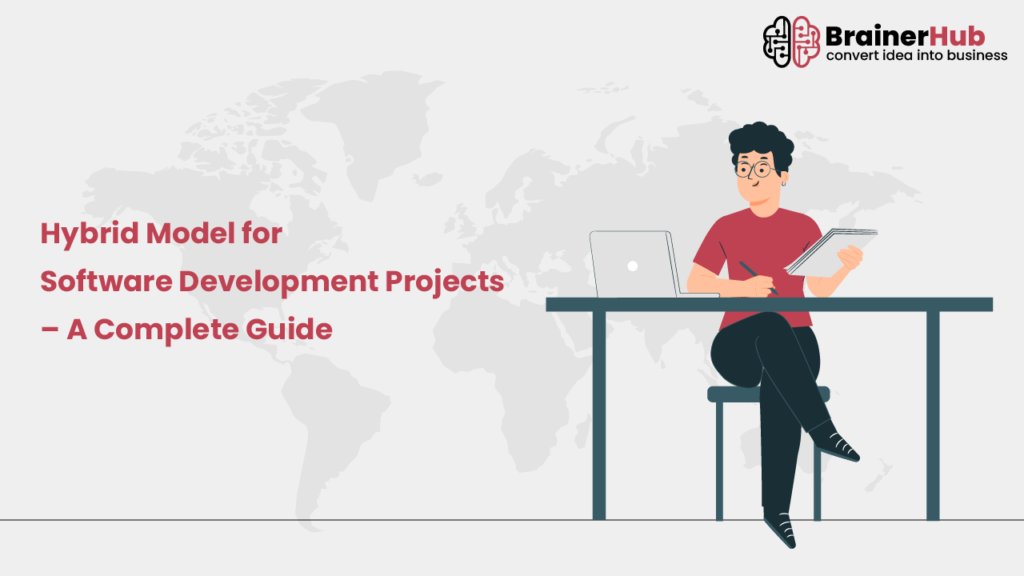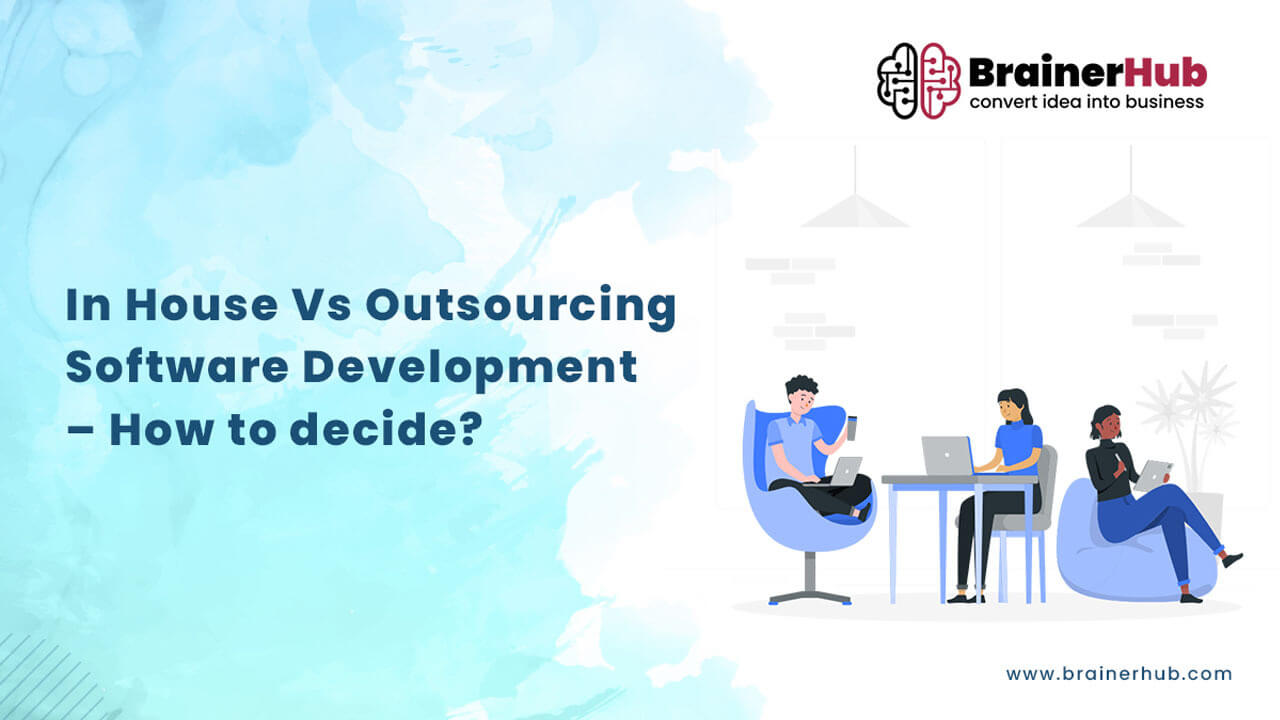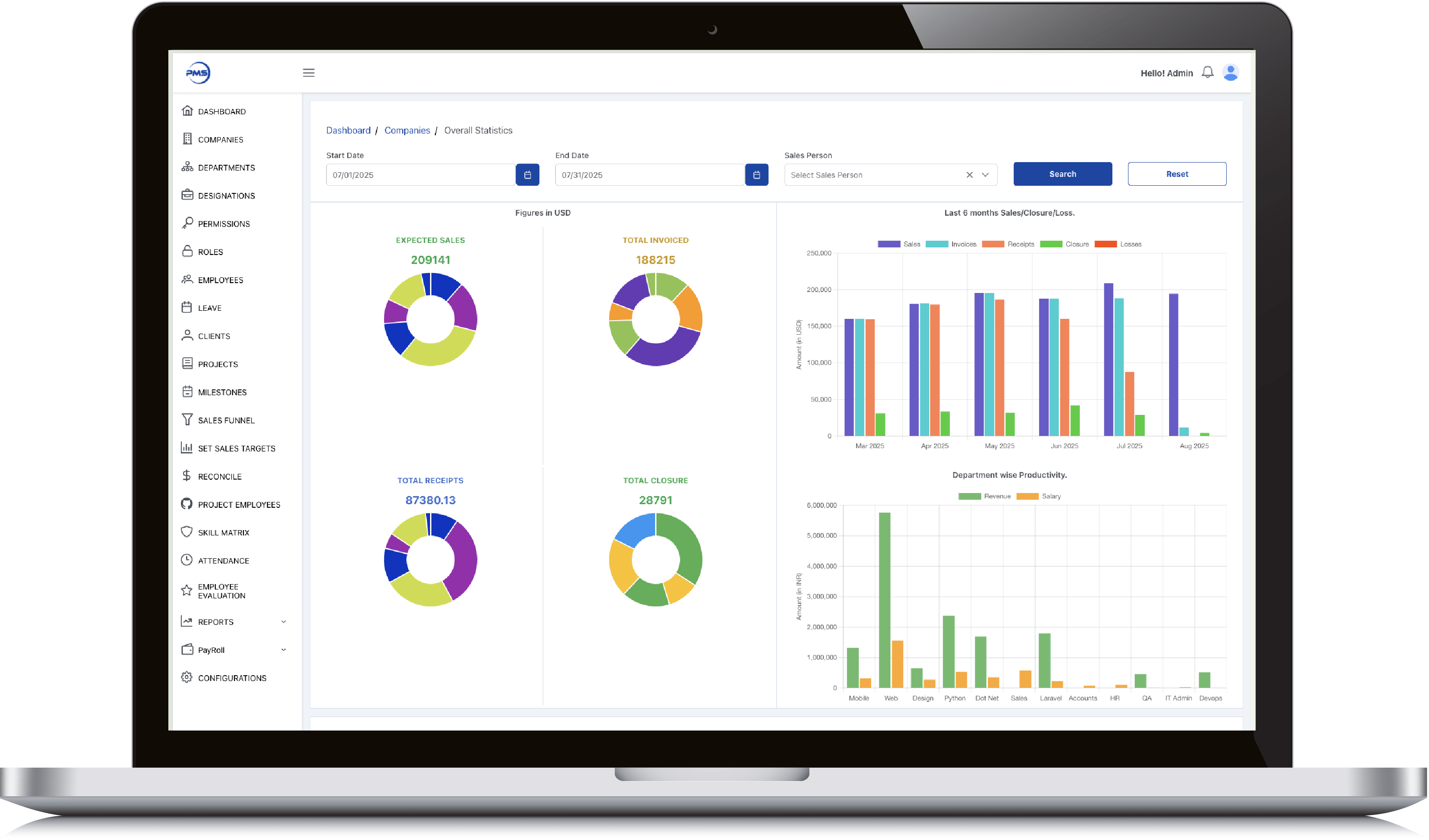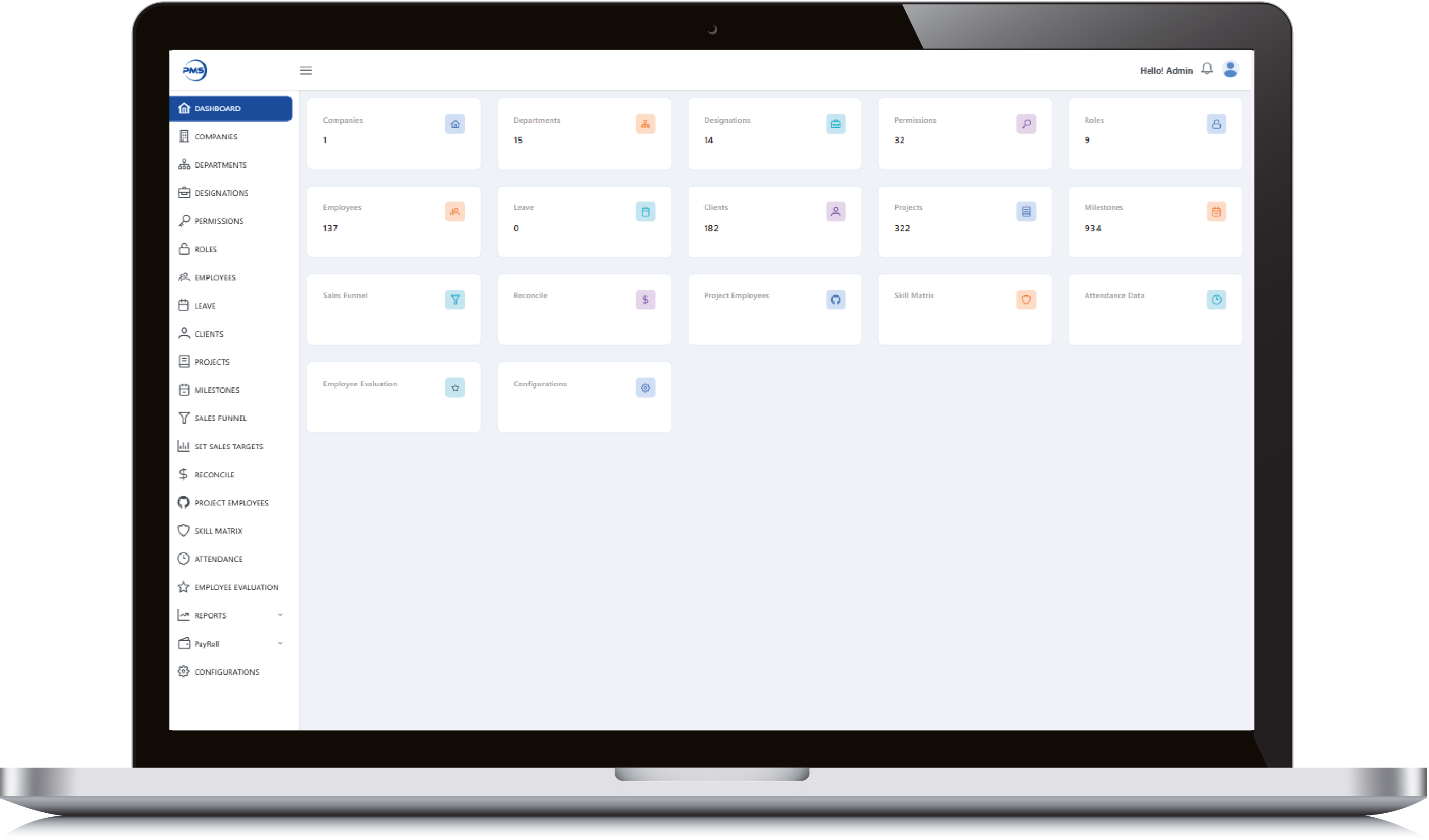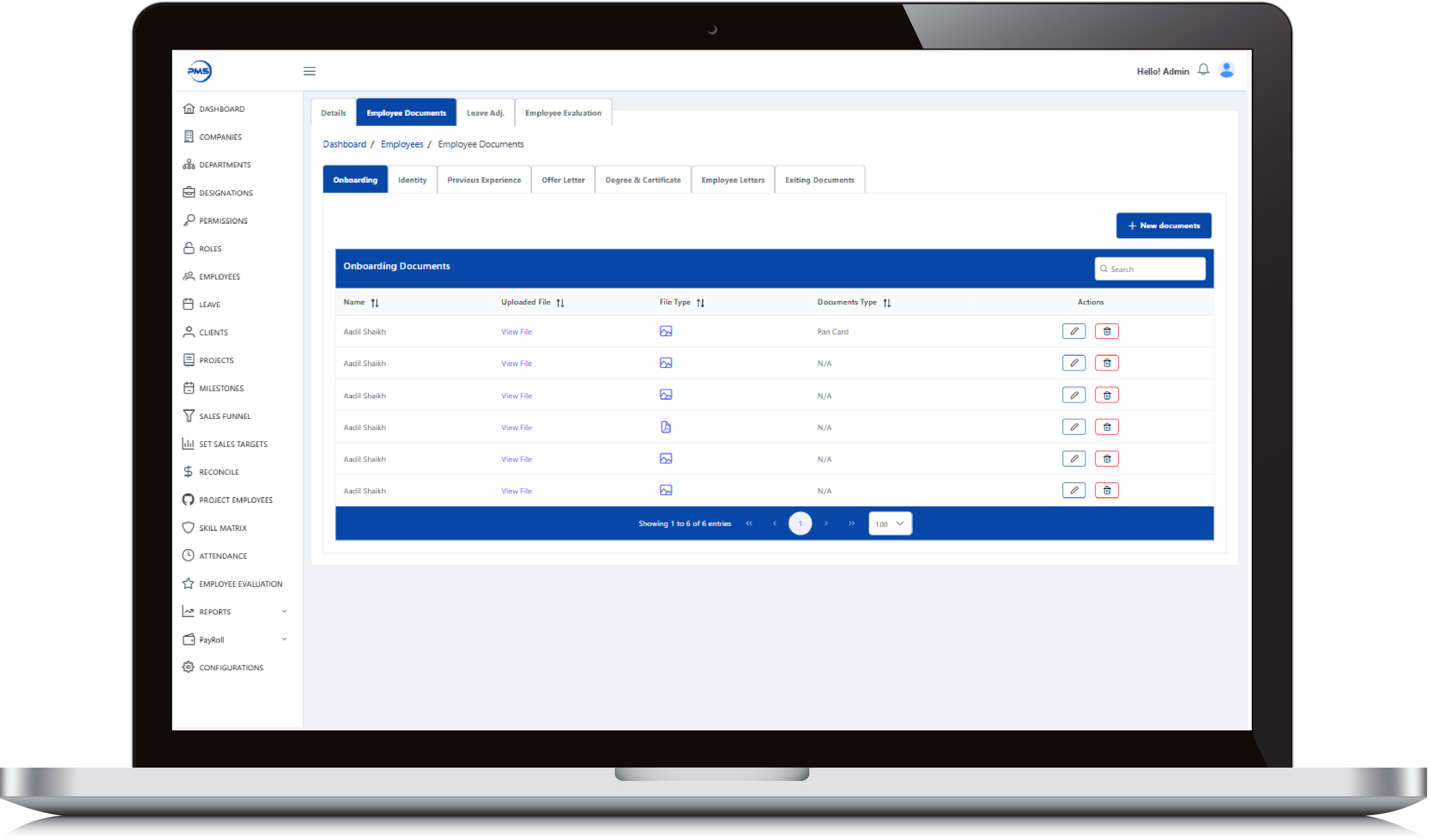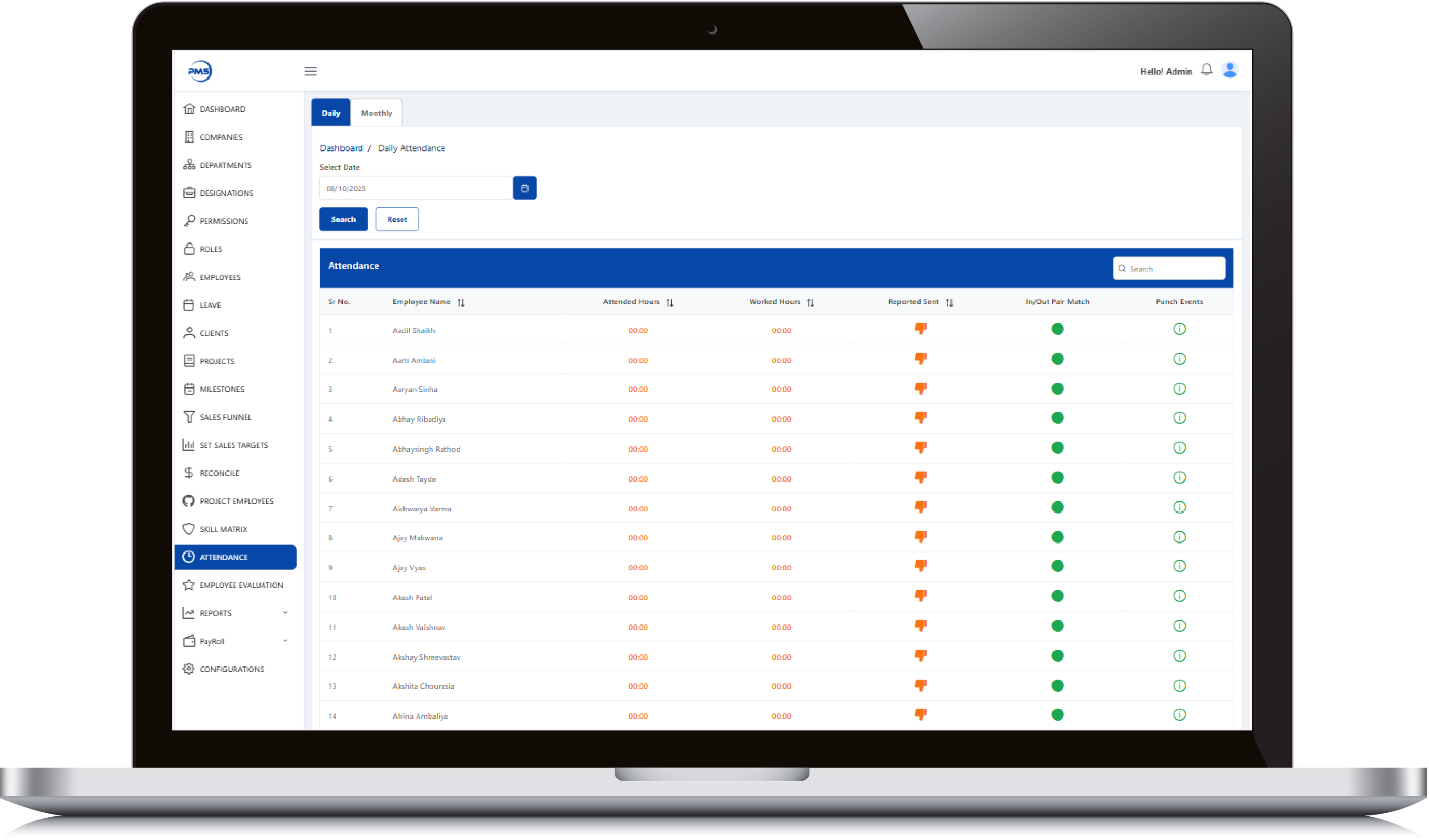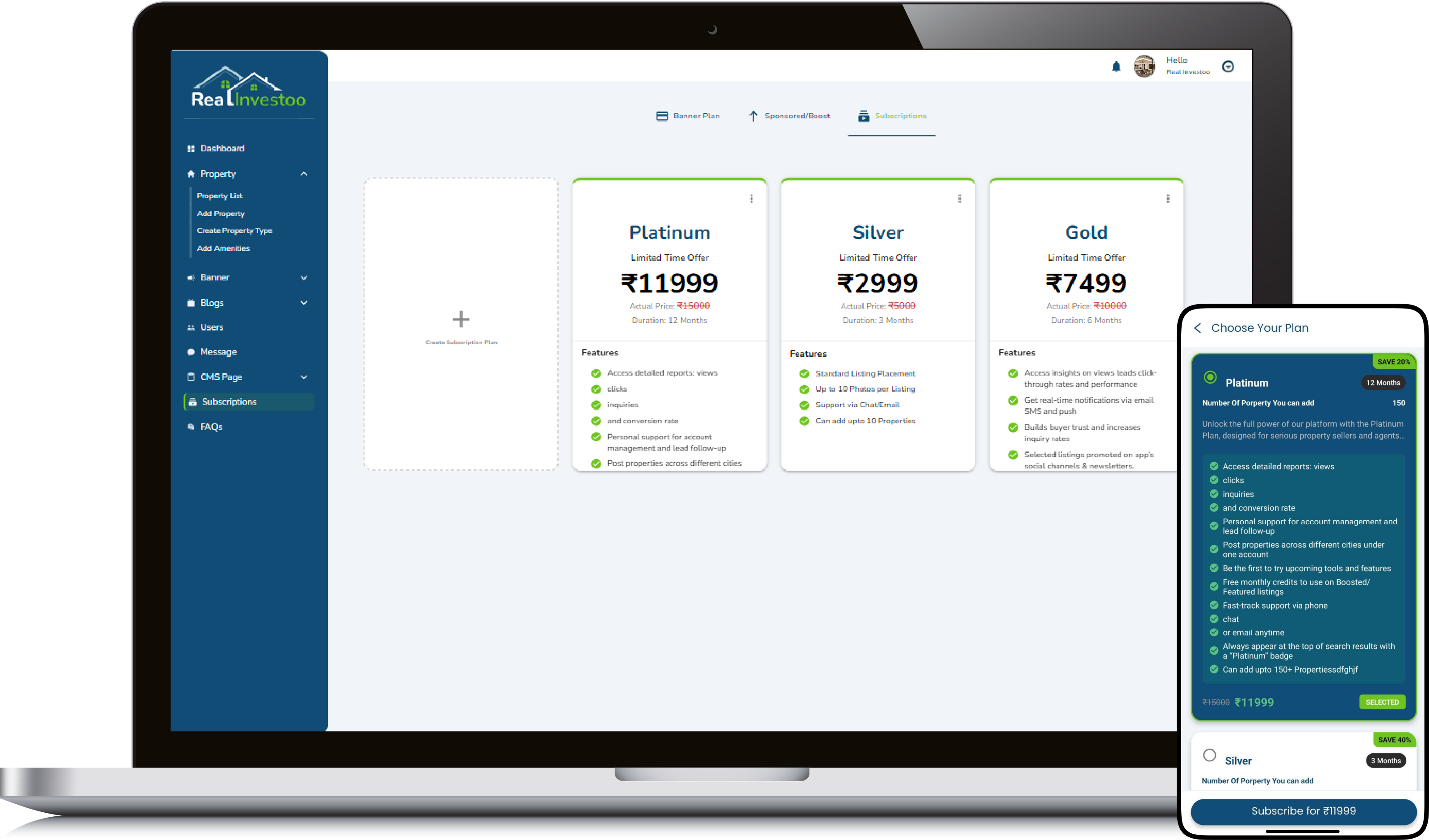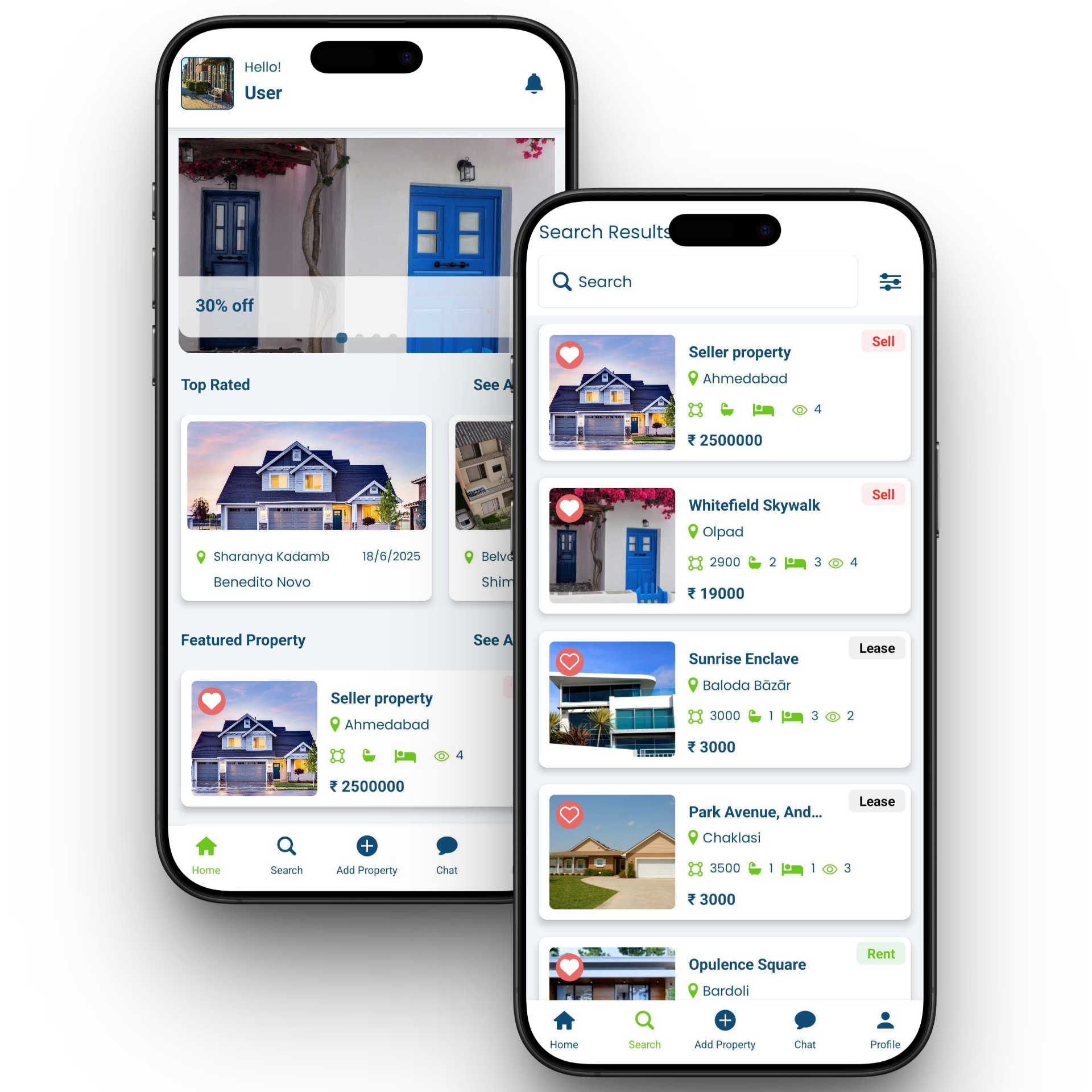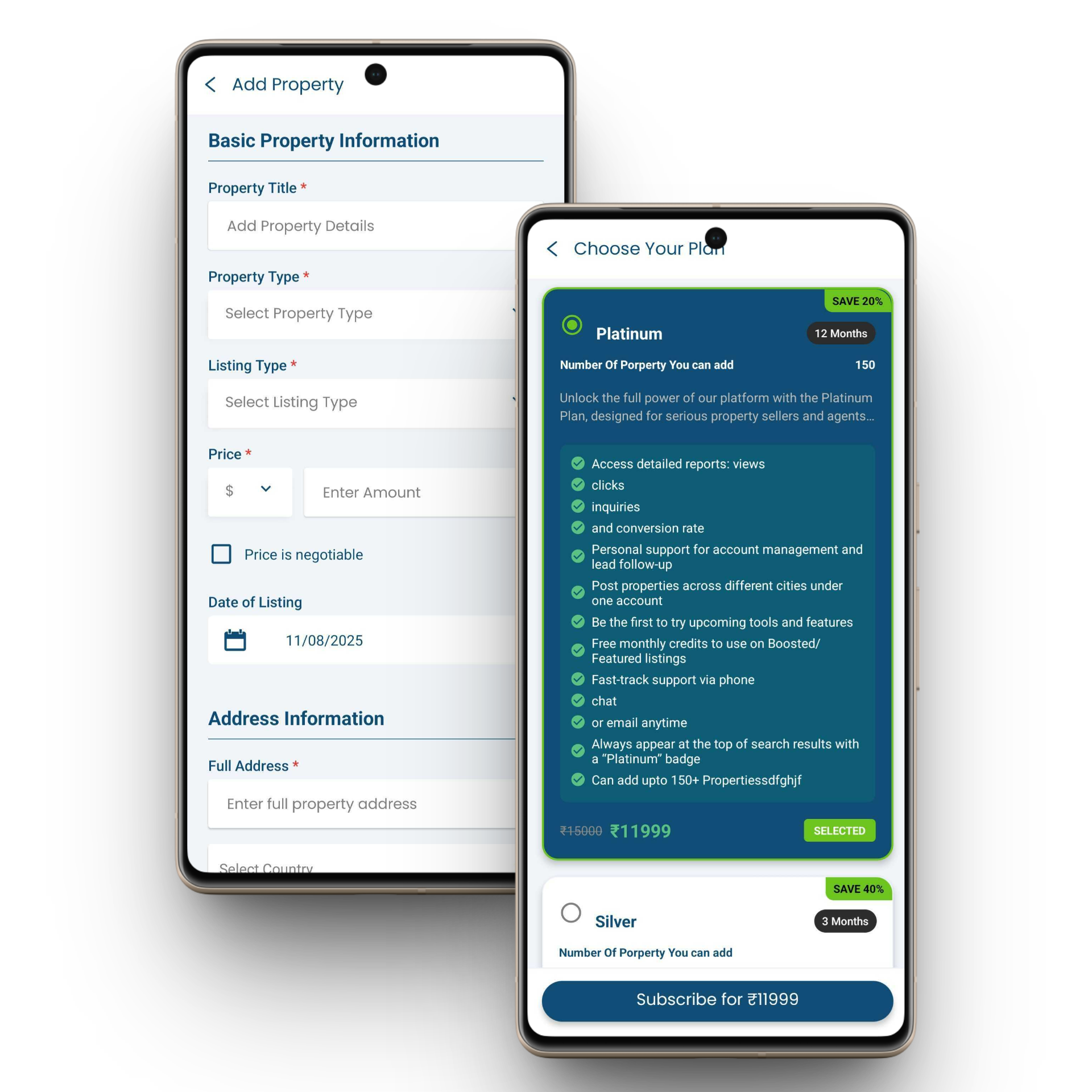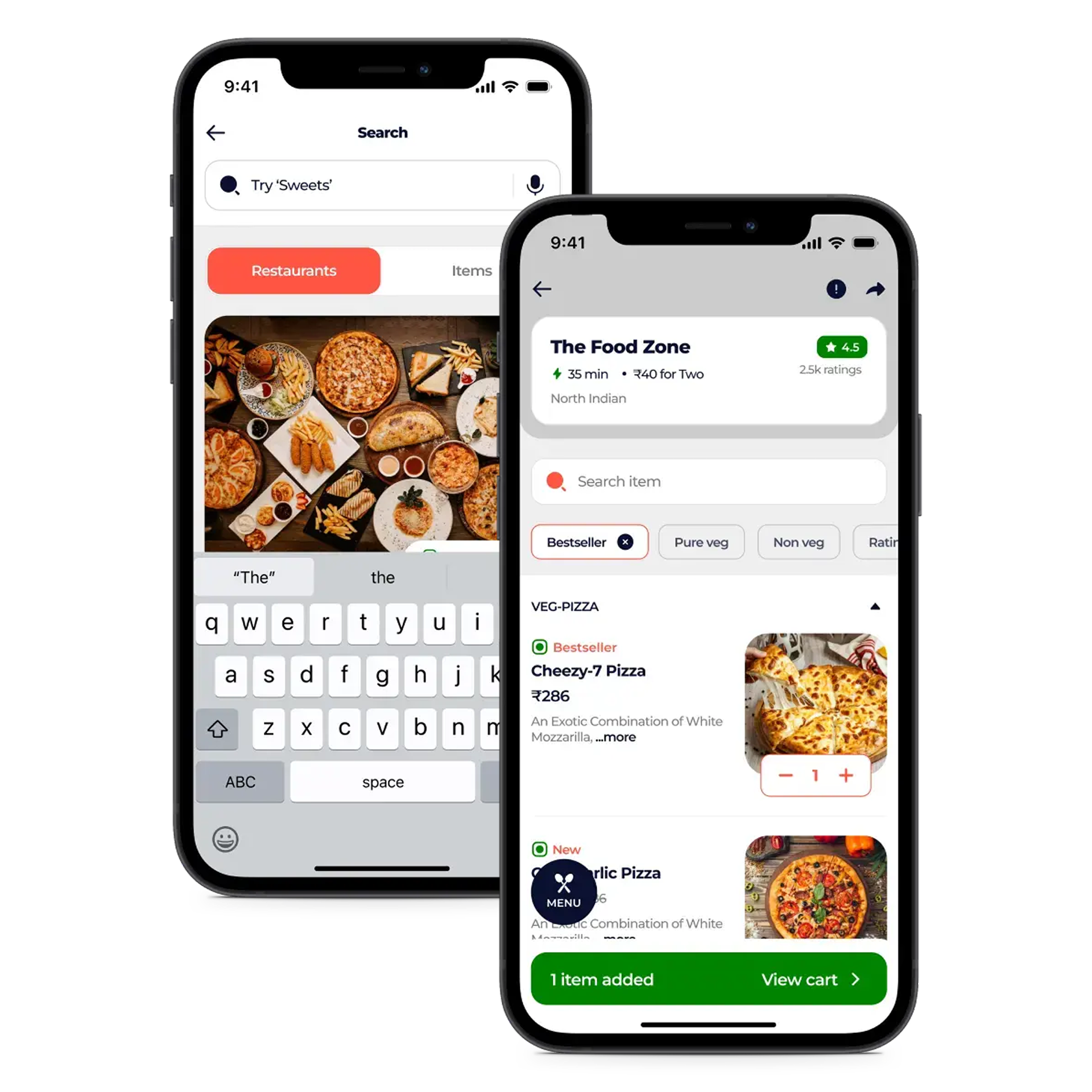Combining the strengths of in-house expertise with the flexibility of outsourcing, this approach offers a dynamic solution to meet diverse needs efficiently. The hybrid model promotes collaboration, innovation, scalability and empowering organizations to adapt market demands swiftly.
The Hybrid model facilitates startups in constructing their own team while delegating significant tasks to a professional development partner. This structure capitalizes on the strengths of both insourcing and outsourcing while mitigating associated risks. Overall, the main agenda of hybrid model is to provide reliable resources that will help businesses to achieve their targeted goals without compromising on their budget criteria.
What are the Key Factors for Hybrid Model Software Development?
The hybrid model has emerged as a strategic paradigm, seamlessly integrating the strengths of both in-house and outsourced approaches. Several key factors contribute to the success and effectiveness of this innovative model such as –
- Identifying and understand the client’s needs.
- Designing custom solutions that will meet business requirements.
- Prepare detail plan for achieving targeted goals.
- Implementing services for final outcomes.
Start-ups prefer hybrid models as it has the ability to harmonize diverse elements. By strategically blending in-house expertise with external support, companies can navigate the complexities of the software development while optimizing costs, mitigating risks and fostering adaptability.
Moving forward, let’s discuss the advantages of choosing hybrid model for software development services to obtain best possible digital solutions.
Benefits of Hybrid Model Software Development for Businesses:
Optimizing Cost
Hybrid model is all about optimizing costs. Several businesses would want to save money without compromising on development services. With this platform they can have best of both worlds, it also allows you to lower down or increase the team requirements depending on project demand.
Trustworthy Collaboration
By combining in house and remote teams, companies can have enhanced collaboration that will improve as well as boost overall project efficiency. This also implies robust communication that plays a pivotal role in the holistic development process.
Flexibility and Scaling
With hybrid model, companies could scale according the project demand and requirements. They could expand or reduce their resources, tools, and team members depending on task needs. They could hire team of developers from different locations depending on their skills and experiences.
Approach to Global Talent Pool
Companies often prefer engaging with outsourcing providers in their projects that open doors to global talent pool access. With hybrid model, businesses can take the chance of hiring teams from varying regions and time zone that would fit in the criteria. Further, this also enriches team dynamics, fosters innovation and sparks creativity that will enhance final outcomes.

Hybrid Model for Software Development Projects – A Complete Guide
Define Project Objectives
The initial stage of any development project is to identify the requirements, objectives and targeted goals. Further, businesses can divide the responsibility according to complexity of the project. It is important to document each development requirement to avoid any miscommunication at the later end.
Selecting the Appropriate Sources
Businesses consider and segregate certain factors when they choose hybrid model for software development projects. This includes complexities of the project, timeline of the project, budget criteria, time zone differences, communication requirements, team skills and experience, in-house strength along with personal preferences.
Convene the Hybrid Team
Hybrid team will consist of in-house and outsource providers who will work together to fulfil the project requirements. This model allows companies to have primary control while completing the task within estimated time period. For project management and oversight, communication plays a vital role hence teams should discuss to be on the same page.
Establish Collaboration Channels
Creating strong communication and collaboration will eventually benefit the project’s final outcome. When two team collaborate it is important to communication about the project, segregate work and update on progress. Companies use communication channels to schedule calls and discuss plan of action for the project.
Execution and Monitoring
The final step is to execute and implement the process, track progress against predefined metrics and address issues if any. By distributing tasks strategically between in-house teams and outsourcing partners, companies can expedite project delivery without compromising on quality.
Cost Efficiency
The hybrid model offers cost-effective solutions by optimizing resource utilization and minimizing overhead costs. In-house teams can focus on strategic initiatives, while outsourcing partners handle routine tasks or specialized requirements, reducing overall development costs.
Risk Mitigation
By diversifying their development resources and partnering with reputable outsourcing providers, organizations can mitigate risks associated with talent shortages, technology disruptions, and project dependencies. This risk diversification enhances project resilience and ensures timely delivery.
The hybrid software development process is highly recommended for start-ups and small-scale businesses as it would help them to have control over the project while avoid the chances of expanding the team for time being. The main focus is to complete the project within estimated timeline without compromising on quality standards.

Synopsis on Hybrid Model Software Development:
In today’s fast paced business environment, companies are constantly seeking for innovative strategies to optimize their software development processes. By combining the strengths of internal teams and outsourcing providers, businesses can achieve cost optimization, flexibility and access to expertise that will ultimately attract innovation as well as competitive advantages in the market.
One key aspect of the hybrid process is its modular nature. Rather than adhering strictly to one methodology, teams can tailor their approach to suit the specific needs of each project. Hybrid software development integrates elements from both traditional waterfall and agile methodologies. Furthermore, the hybrid approach emphasizes on continuous improvement through feedback loops and retrospectives. By regularly evaluating processes and outcomes, teams can identify areas for optimization as well as implement changes iteratively.
Conclusion – There is no define answer to what is better!
To conclude, the hybrid software development process offers a compelling framework for navigating the complexities of modern software projects. By blending the best practices organizations can harness the benefits of both while mitigating their limitations. From enhanced flexibility and collaboration to iterative improvement and adaptability, the hybrid approach empowers teams to deliver value more effectively in today’s fast-paced digital landscape.
As technology continues to evolve and new challenges emerge, the hybrid model provides a resilient foundation for innovation and growth. By embracing this versatile approach, organizations can unlock new opportunities, drive efficiency, and stay ahead in an ever-changing market. Ultimately, the hybrid software development process represents not just a methodology, but a mindset—a commitment to excellence, collaboration, and continuous improvement that propels teams toward success in the digital age.
FAQs
The hybrid model software approach blends manual and automated testing. It revolves around flexibility, comprehensive test coverage, efficiency, scaling, and meeting project deadlines without compromising on expertise.
The cost of hybrid model depends on project complexities and requirements. The basic hybrid app development costs around $10,000 to $50,000. For advanced versions and upgrades it can reach up to $120,000 depending on the project needs.
The hybrid model is highly recommended for start-ups and small-scale businesses as they can initially avoid investing time and money in expanding in-house teams. Outsourcing will provide access to global talent pool and expertise that will help to achieve targeted goals as well as vision for the company.

